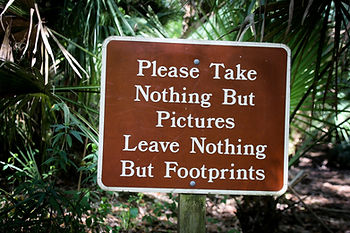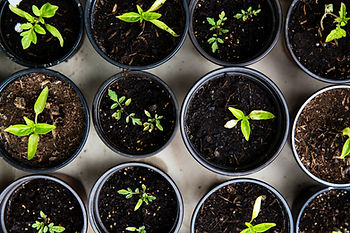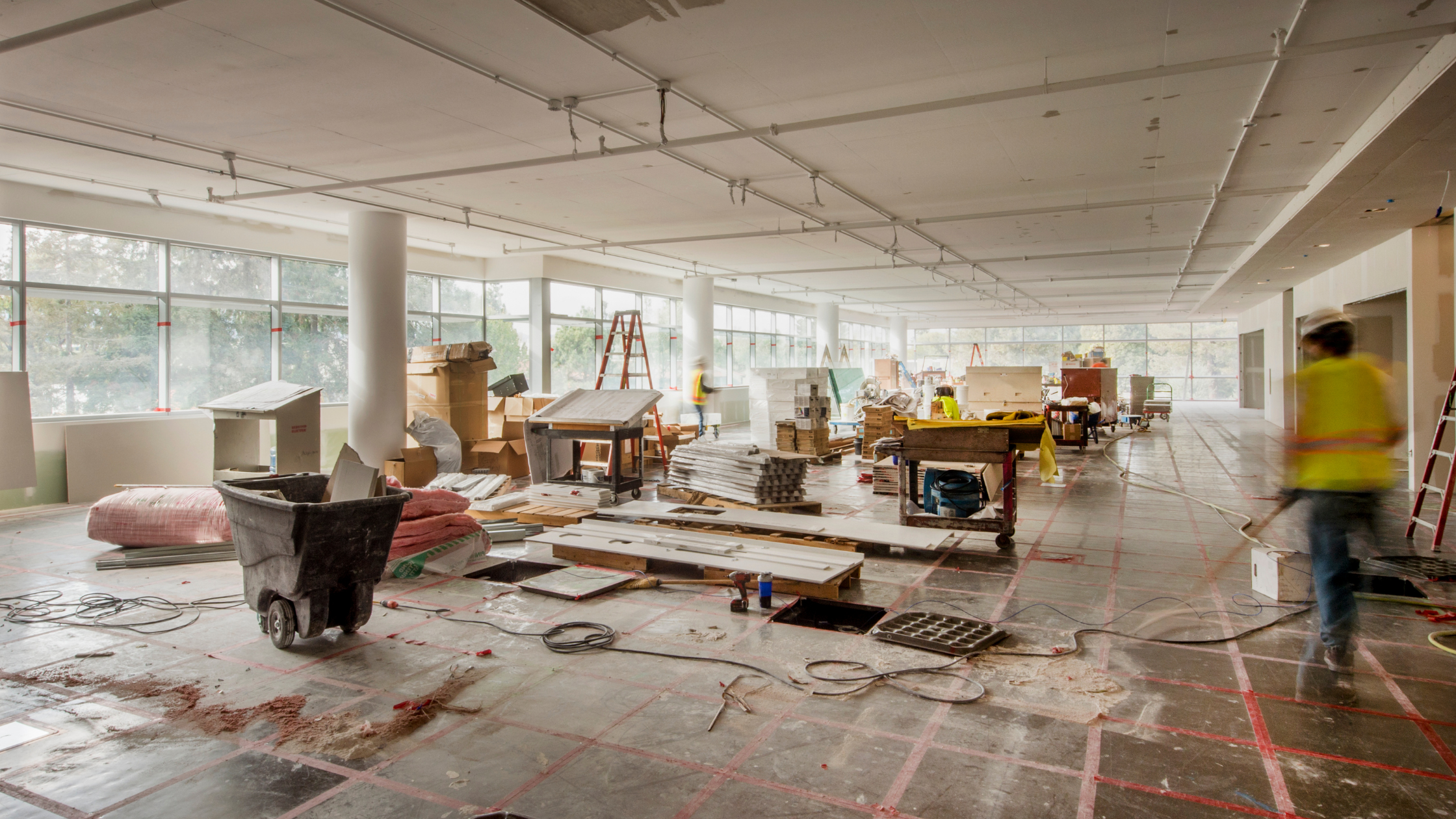The daily average reading of carbon in the atmosphere of planet earth reads as of this writing in January 2022 at 419.08 ppm, far past the 350 ppm deemed as the safe upper limit by scientists. This continued dumping of over 43 billion tons of carbon dioxide into our atmosphere each year has accelerated melting of the ice caps and heating of the oceans and temperatures, fanning forest fires, more intense storms, and more dangerous droughts. It’s easy, as a citizen, to feel both overwhelmed and helpless since much of the problem seems both abstract and beyond our ability to effect change.
Nothing could be further from the truth.
Whereas individually, humans have a wide range of talents and abilities, collectively, we have been able to accomplish astounding things. Just look at the smart phone in your pocket and remember that forty years ago it was an anomaly to have a personal computer in the home. One hundred years ago we didn’t even have television.
There are so many things on different levels that all of us can do to mitigate our carbon footprint. Here is the first post in a three-part series to highlight some of the most effective measures each of us can take:
Put Your Money Where The Planet’s Future Lives
Green Dreamer offers a comprehensive list of environmental and conservation groups where you can donate money or volunteer time here. From the NRDC which tries to examine and effect change on the root causes of environmental problems to Conservation International which has fought to protect over 601 hectares of land and marine areas to 350.org which organizes activists at a grassroots level and lobbies politicians for laws and ordinances to reduce plastic waste and oppose gas, oil, and coal projects, Green Dreamer covers all the well established bases. Even small amounts are appreciated. There are billions of people on the planet. Small amounts spread over lots of people add up.

Recycling
If you live in California, CalRecycle’s website will inform you what you can and cannot recycle and offers links to places where you can recycle E-waste (electronics) and hazardous waste such as batteries, hypodermic needles, break fluid, and anti-freeze. Remember that glass, paper, and metal are all highly recyclable, whereas plastic is not. Only 7% of the plastic ever made gets recycled. Much of the rest winds up in landfills, burn pits which cause respiratory illnesses in surrounding low income communities (because you don’t see burn pits in Malibu or Beverly Hills), or floating in the Great Garbage Patch in the Pacific Ocean. If you want to learn more about what materials are truly sustainable, our blog post covering this topic is linked below.

Composting
Now required by law in California, all residential and commercial communities are required to compost organic waste. From the CalRecycle Website: “Organic waste” includes food, green material, landscape and pruning waste, organic textiles and carpets, lumber, wood, paper products, printing and writing paper, manure, biosolids, digestate, and sludges. Since landfills are the third largest source of methane gas in California, and organic items like food scraps, yard trimmings, and paper and cardboard products constitute half of what is dumped in landfills, reducing this organic waste will have the fastest impact on reducing carbon emissions. You can also compost at home and use that rich soil for your garden and potted plants. Don’t be surprised if you suddenly find volunteer produce growing out of the bin. It’s also a great science project if you have kids and want to watch earthworms aerate your soil.
This week covered some of the smaller gestures that each of us can make to help green the planet. Next week we’ll delve into some pricier steps. PopUp CleanUP cares about sustainability and the health and future of our planet.



